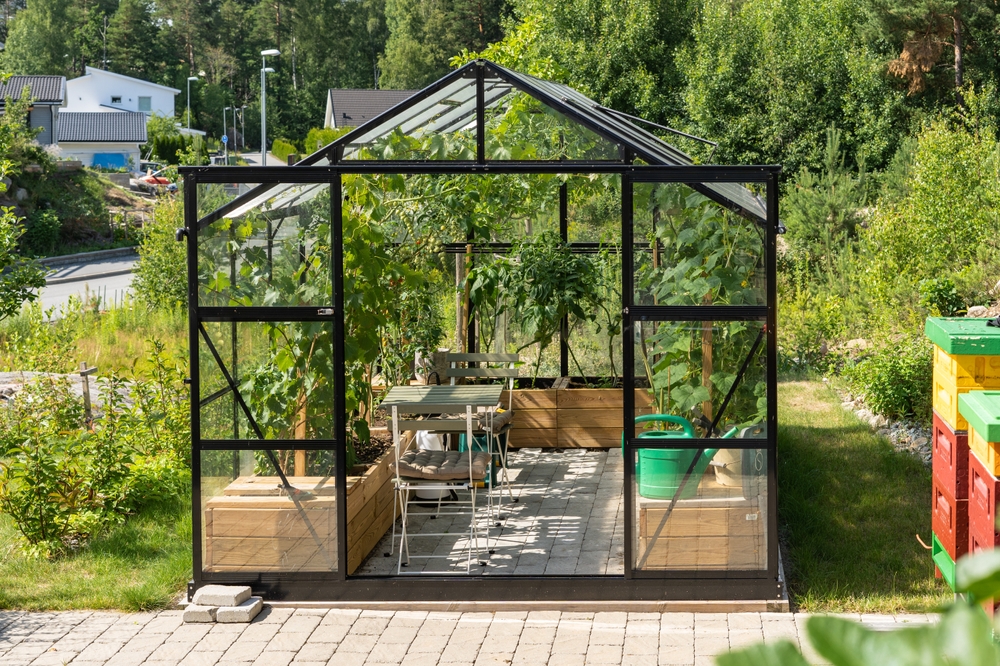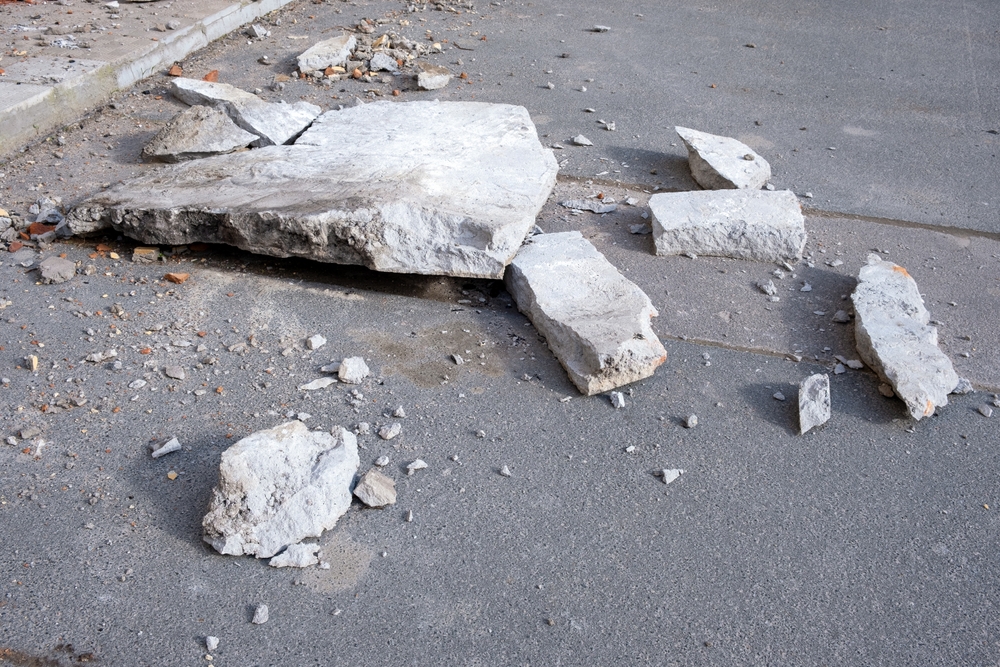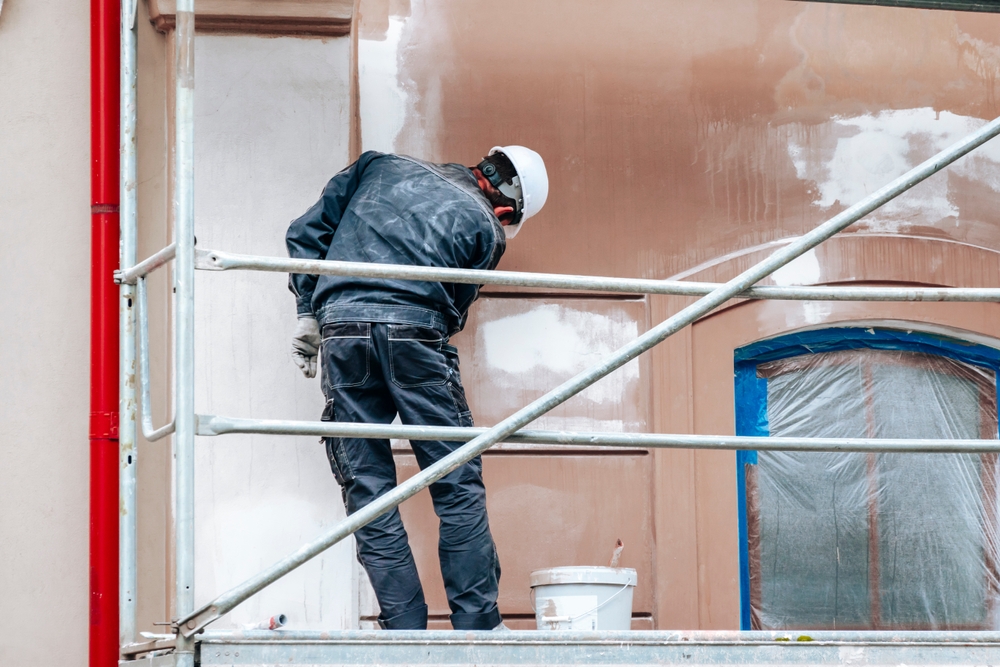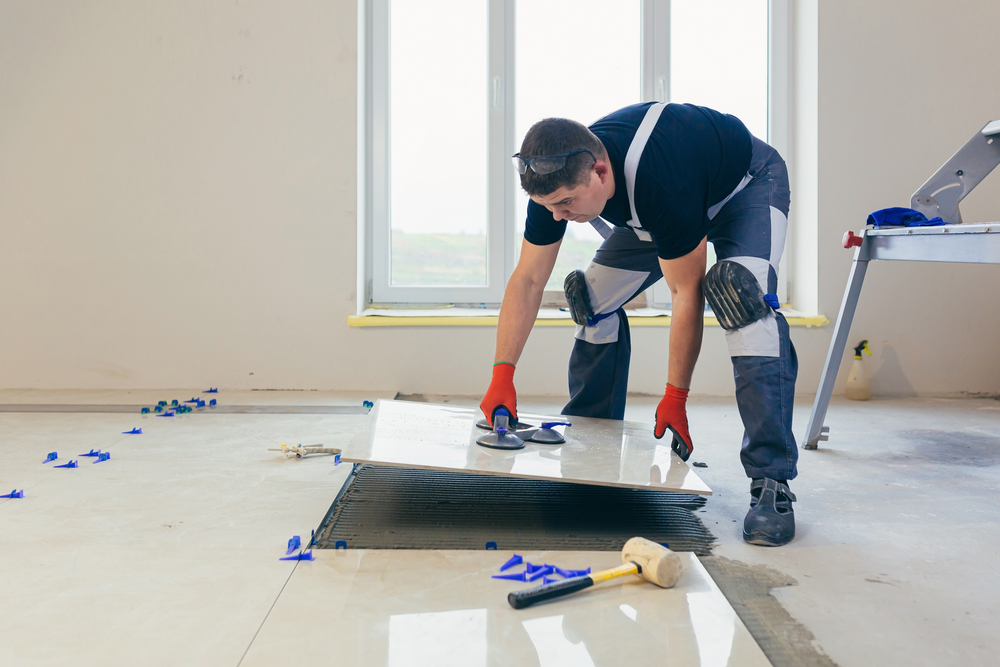March 6, 2024 - Benjamin Ehinger
DIY House Projects: Enhance Your Home with Simple Upgrades
CALL NOW 844-762-8449
Engaging in DIY house projects is an empowering way to add a personal touch to your living space. Whether you’re looking to tackle interior upgrades or spruce up the exterior, numerous projects can enhance your home’s charm and functionality. Doing it yourself allows for customization that makes your home truly yours, and with a wealth of resources available, you can find a project suited to your skills and interests.
While the prospect is exciting, it’s important to approach DIY projects with careful planning and consideration of the tools, materials, and budget required. Moreover, for larger endeavors, a residential dumpster rental may be a practical solution for managing waste efficiently. Waste Removal USA can assist by providing a convenient way to dispose of debris, meaning one less thing for you to worry about. Adequate preparation ensures your project runs smoothly from start to finish, allowing you to focus on the joy of creating and the satisfaction of a job well done.
Remember, thorough preparation is crucial to the smooth execution of DIY home projects. Take the time to plan carefully, and you’ll enjoy the process as much as the final product. For detailed planning resources, you can explore a home project planner.
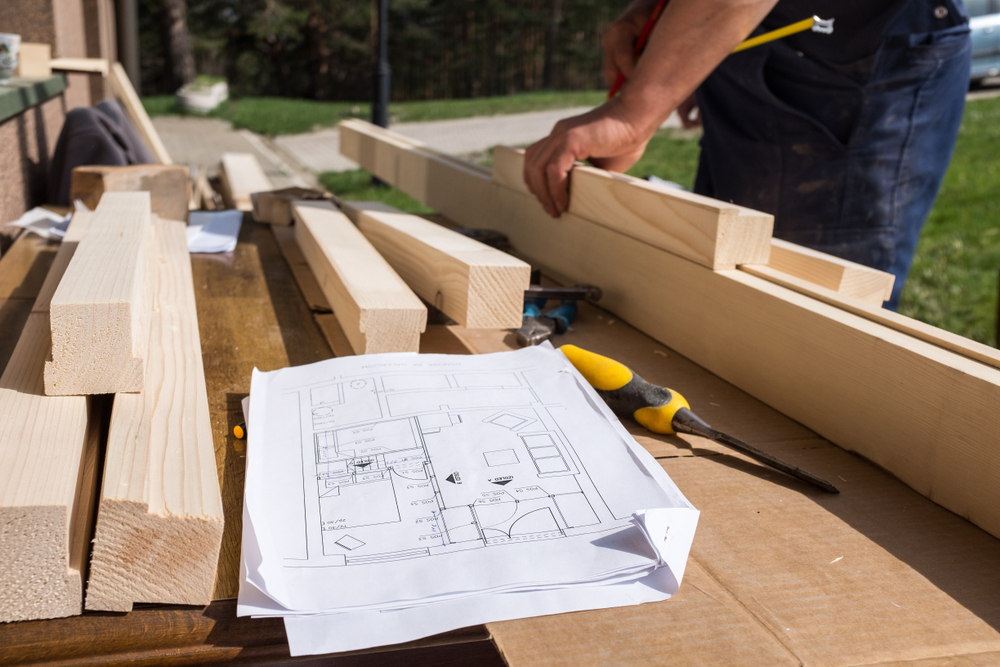 When planning DIY home projects, the materials you choose can significantly affect both the process and the final outcome. Different materials offer specific benefits and challenges, so understanding their properties is crucial for your project’s success.
When planning DIY home projects, the materials you choose can significantly affect both the process and the final outcome. Different materials offer specific benefits and challenges, so understanding their properties is crucial for your project’s success.
For tasks requiring professional expertise, expect an additional cost. For example, installing a new home construction budget often entails unexpected expenses, so allocate an extra 10-20% of your budget as a contingency.
Remember, prices vary by location and season. Check resources like budgeting for DIY projects and construction budget templates for more detailed guidance. Keep receipts and track expenses in a spreadsheet or budgeting app to stay on course.
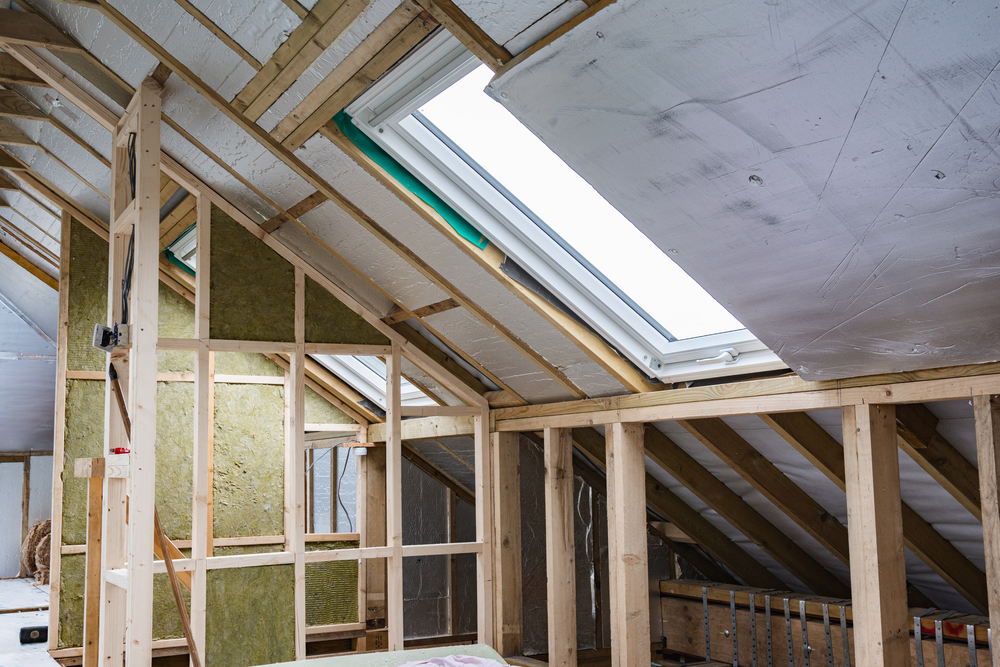 In structural projects, your focus will be on the core elements that ensure the stability and longevity of your house. These are not cosmetic updates; they’re about ensuring the integrity of your home’s structure.
In structural projects, your focus will be on the core elements that ensure the stability and longevity of your house. These are not cosmetic updates; they’re about ensuring the integrity of your home’s structure.
Key Takeaways
- DIY projects personalize and enhance your home.
- Planning and preparation are key to a successful DIY endeavor.
- Efficient waste management with dumpster rentals simplifies the process.
Planning Your DIY House Project
When undertaking a DIY house project, it’s essential to start with a solid plan. This preparation lays the groundwork for a successful and satisfying completion.- Define Your Goals
- Decide on the scope of your project. Is it a cosmetic update or a functional improvement? Your goals will guide the planning process.
- Set Your Budget
- Determine what you’re willing to spend and ensure you include a buffer for any unforeseen costs.
- Timeline Planning
- Create a realistic timeline. Break down the project into smaller tasks with deadlines to stay on track.
- Materials and Tools
- List the materials you’ll need. Research the best options for cost and quality.
- Inventory your tools. Determine what you have and what you may need to buy or rent.
- Skill Assessment
- Honestly evaluate your skills. Consider areas where you might need help or additional learning.
- Permits and Regulations
- Check local building codes and obtain necessary permits to ensure compliance with regulations.
| Task | Details | Timeline |
|---|---|---|
| Materials procurement | List all required materials and tools | Week 1-2 |
| Skills assessment | Determine if outside help is needed | Before start |
| Permit applications | Research local regulations | Week 2-3 |
Tools & Equipment
When tackling DIY projects around your house, having the right set of tools and equipment at your disposal ensures efficiency and safety. From measuring to cutting, each tool has its rightful place in your DIY arsenal.Essential Tools for DIY Projects
For any DIY task, you’ll need a tape measure for precision and accuracy. Whether it’s 25 feet for small projects or a longer one for bigger areas, a tape measure is indispensable. A level is crucial, particularly when you want to hang something straight like picture frames or shelves.- Measuring Tools:
- Tape Measure
- Ruler
- Calipers
- Driving and Fastening Tools:
- Screwdriver Set
- Hammer
- Electric Drill
Safety Equipment
Your safety is paramount. Always wear protective gear to shield yourself from potential hazards.- Personal Protective Equipment (PPE):
- Safety Goggles
- Gloves
- Ear Protection
- Dust Mask or Respirator
Materials Selection
 When planning DIY home projects, the materials you choose can significantly affect both the process and the final outcome. Different materials offer specific benefits and challenges, so understanding their properties is crucial for your project’s success.
When planning DIY home projects, the materials you choose can significantly affect both the process and the final outcome. Different materials offer specific benefits and challenges, so understanding their properties is crucial for your project’s success.
Woodworking Materials
For woodworking projects, your choice of wood will depend on the intended use of the final piece. Hardwoods like oak and walnut are durable and ideal for furniture and cabinets, offering a blend of beauty and longevity. On the other hand, softwoods such as pine are suited for structural projects like sheds and decks due to their lower cost and ease of use. For a versatile and cost-effective option, many DIYers turn to plywood, which is stable and can be used in a variety of applications. You can learn more about wood properties and the projects they suit best from resources like How to Choose the Right Material for Your DIY Project.- Hardwoods: Ideal for furniture, long-lasting
- Softwoods: Better for structures, budget-friendly
- Plywood: Versatile, economical
Paints and Finishes
Selecting the right paints and finishes is critical for protecting your project and enhancing its appearance. For high-traffic areas or furniture, consider a semi-gloss or high-gloss finish for easy cleaning and durability. Matte finishes work well on walls and ceilings where you want to minimize light reflection. Additionally, choosing a high-quality paint can improve coverage and result in fewer coats needed. Finishes like stains and varnishes not only protect the wood but also enhance its natural beauty. For more detailed information on the types of finishes appropriate for different DIY projects, refer to resources like 30 DIY Home Projects Absolutely Anyone Can Do.- High-gloss: Durable, cleanable, good for furniture
- Matte: Minimizes reflection, ideal for walls
- Stains and Varnishes: Protects wood, enhances appearance
Budgeting and Cost Estimates
When tackling DIY house projects, creating a comprehensive budget is crucial. It begins with estimating costs for all aspects of the project. Break down your project into smaller components, such as materials, tools, and potential labor if you need extra hands.- Materials: List each item needed and its cost.
- Tools: Include both rentals and purchases.
- Labor: Even if you are doing it yourself, account for your time.
- Identify all required tasks.
- Research prices online and in local stores.
- Obtain multiple quotes for any services needed.
| Item | Quantity | Unit Cost | Total |
|---|---|---|---|
| Paint | 3 gals | $30/gal | $90 |
| Brushes | 2 | $5/ea | $10 |
| Roller | 1 | $15/ea | $15 |
| Total | $115 |
Designing and Space Planning
Creating a harmonious and functional home requires careful planning. In this section, you’ll learn how to approach room layout and how to select decor styles that reflect your personality and meet your needs.Room Layout Advice
Begin your space planning by assessing your room’s size and shape. Consider the natural lighting and how it influences the mood of the room. Traffic flow is crucial; ensure that there is a clear path between doors and that furniture arrangement does not obstruct movement. Use these tips to optimize your space:- Functionality: Assign a purpose to each area of the room. For larger spaces, consider creating multiple zones, such as a reading nook or a workspace.
- Furniture Layout: Leave enough space around furniture for comfortable use. Avoid over-furnishing to maintain a spacious feel.
Selecting Decor Styles
Choosing a decor style is an opportunity to express yourself. Reflect on what styles you are drawn to, whether it’s modern, rustic, or anything in between. Here’s how to make your selection:- Personal Tastes: Look at pieces you already own and love for a hint of your preferred style.
- Cohesion: Aim for a unified look where colors, patterns, and design elements complement each other, creating a cohesive space.
Structural Projects
 In structural projects, your focus will be on the core elements that ensure the stability and longevity of your house. These are not cosmetic updates; they’re about ensuring the integrity of your home’s structure.
In structural projects, your focus will be on the core elements that ensure the stability and longevity of your house. These are not cosmetic updates; they’re about ensuring the integrity of your home’s structure.
Foundation Work
The foundation supports the entire weight of your home. If you see cracks or signs of movement, it’s crucial to address them promptly. Foundation repairs can range from filling minor cracks with hydraulic cement to underpinning, where additional support is added beneath the foundation.Wall and Framing
The structural framing of your house is its skeleton, and the walls, particularly load-bearing ones, hold up everything above them. If you’re modifying wall structures or adding new ones, it’s imperative to understand where the load-bearing walls are located. To alter these walls, you typically need to install a new lintel or beam to redistribute the weight. When you take on a structural project, or any other project that will lead to a lot of debris, you will likely need a local dumpster rental to help you with cleaning up.Electrical Work
Electrical projects can significantly enhance your home, but require precision and safety. Familiarize yourself with local codes and standard procedures.Installing Light Fixtures
To install a light fixture, start by turning off the power at the circuit breaker. Verify the power is off using a voltage tester. Remove the old fixture, and carefully connect the new one’s wires to the existing wiring—white to white (neutral), black to black (hot), and green or bare copper to green or bare copper (ground). Secure the fixture and restore power to test.Running Electrical Wires
Running electrical wires involves planning the route from the breaker panel to the outlet or switch location. After cutting holes for outlet boxes, fish the cable—commonly nonmetallic sheathed cable like Romex—through wall cavities. Maintain a staple within 8 inches of each box and one every 4 feet along the run. Ensure your wire anchors are snug but not pinching the wire. For DIY electrical instructions and tips such as using GFCI outlets, safety precautions, and tool suggestions, refer to the experts at Family Handyman. Always consult a professional if you are unsure about any steps in the process.Plumbing Basics
Understanding the plumbing basics is crucial for tackling DIY house projects. You’ll need to familiarize yourself with the tools and methods used to maintain a functional and leak-free plumbing system in your home.Fixing Leaks
Leaks in your home can range from a simple dripping faucet to a burst pipe. To address these issues:- Identify the source of the leak: Check for moisture on pipes, accumulation of water, and listen for the sound of dripping.
- Shut off the water: Before attempting any repairs, turn off the main water supply to prevent further damage.
Installing Fixtures
When installing new plumbing fixtures such as faucets or showerheads, follow these steps:- Read the manufacturer’s instructions: Each fixture comes with a guide that includes specific details for installation.
- Gather necessary tools and materials: Typically, these may include wrenches, Teflon tape, and possibly plumber’s putty.
- Install the new fixture: Use the tools to secure connections and ensure there are no leaks. Test the fixture after installation to confirm it is working correctly.
Interior Upgrades
When revitalizing your home’s interior, focusing on new flooring and custom cabinets can dramatically alter the space. These upgrades offer both aesthetic appeal and functionality to your living environment.Flooring Installations
- Types of Flooring: Choosing the right type of flooring is crucial. You can opt for hardwood for a timeless look, or consider laminate and vinyl for affordable and durable alternatives.
- Installation Tips: Ensure the subfloor is clean and level before beginning. For a DIY installation, click-together flooring is user-friendly. Hiring a professional might be beneficial for more complex projects involving tile or stone.
Cabinet Construction
- Materials: Pick materials that balance cost and durability, such as MDF for a budget-friendly choice or solid wood for longevity. Selecting the right paint or stain can also transform existing cabinets.
- Building Techniques: If you’re constructing new cabinets, precise measurements are key. For those looking to assemble and install themselves, ready-to-assemble (RTA) cabinets could be a convenient option.
Exterior Improvements
When considering ways to enhance your home’s value and appeal, focusing on exterior improvements is both strategic and impactful. These upgrades can significantly transform the appearance of your home.Landscaping
Your home’s curb appeal starts with landscaping. For a quick refresh, consider adding or updating mulch areas, which will not only look neat but also help plants retain moisture. Incorporating native plants can create a harmonious local aesthetic while being environmentally friendly and easier to maintain. Strategic placement of trees can provide shade, reducing cooling costs in the summer.- Seasonal Plants: Add bursts of color with seasonal flowers that complement your home’s color scheme.
- Lawn Care: Regular mowing, edging, and fertilizing will keep your grass healthy and visually appealing.
Exterior Painting
Exterior painting can be one of the most cost-effective ways to update your home’s look. Choose a high-quality exterior paint that can withstand local weather conditions. When selecting a color, consider the architectural style of your home and the palette of your neighborhood.- Color Selection: Pick a color that boosts your ROI by enhancing curb appeal.
- Preparation: Before painting, ensure surfaces are clean, scraping any peeling paint and repairing surface defects.
Maintenance Tips
Effective home maintenance involves both routine checks and addressing different needs as the seasons change. This dual approach can help prevent costly repairs and keep your home running smoothly.Regular Upkeep
Check your HVAC filters monthly and replace them as needed; a clean filter can improve efficiency and air quality in your home. A simple task such as tightening loose door handles or cabinet hardware can prevent further damage and keep things functional.- Inspect for leaks under sinks and around appliances monthly.
- Test smoke detectors and carbon monoxide detectors and replace batteries annually.
Seasonal Maintenance
Winter: Ensure your heating system is professionally serviced to optimize performance. Reverse your ceiling fans to circulate warm air and save on heating costs. Spring: Clean out gutters and downspouts to prevent water damage, and consider servicing your air conditioning unit before the hot weather sets in.- Summer: Check for and seal deck or patio cracks to enhance outdoor living spaces.
- Fall: Drain and store hoses, and shut off outdoor water faucets to prepare for freezing temperatures.
Frequently Asked Questions
This section offers direct answers to common queries about DIY home projects, catering to various skill levels and budgets.What are some simple DIY home projects for beginners?
If you’re new to DIY, start with projects like painting a room, creating a picture ledge shelf, or installing new hardware on cabinets. These tasks require minimal tools and provide a sense of accomplishment.How can DIY projects be adapted for those on a tight budget?
Focus on projects that use affordable materials or upcycle items you already have. For instance, refreshing furniture with paint or building a wall-mount bedside table can transform a space without breaking the bank.Which home improvement DIY projects typically increase home value?
Projects like updating kitchen backsplashes, bathroom renovations, and enhancing curb appeal with landscaping are known to boost home value. For a significant impact, consider adding molding to create wainscoting or paneled walls.What are some creative DIY projects suitable for adults to undertake at home?
Engage in creative endeavors like building custom bookshelves, constructing a greenhouse, or painting a mural on an accent wall to personalize and improve your living spaces.Are there any cost-effective alternatives to traditional home renovations?
Yes, you can tackle projects like re-grouting tiles, installing peel-and-stick wallpapers, and applying decorative decals as an alternative to more extensive renovations.What are some engaging DIY activities for students to create at home?
Students can engage in hands-on learning by building birdhouses, crafting custom desk organizers, or designing their own room decor. These activities encourage creativity and practical problem-solving skills.RECENT BLOGS
Our Reviews
Glenda Lanier Prowell
1721758635
I have ordered an 11 yard dumpster to be delivered to my house.Lonier was extremely helpful and answered all my questions. The rate was very reasonable.
Cedric Smikle
1721660395
Amber was extremely professional and courteous. She answered all of my questions and even some that I didn’t know I needed to ask.
Cait Kaider
1721243051
I highly recommend Waste Removal USA for their responsiveness and how the staff work hard to provide exceptional customer service. They have done well by us and our clients. Thank you!
Easom Family
1721223306
Louiner Pierre-Louis Is awesome! Did a great job. Will definitely be using this same company for all my dumpster needs because of his awesome customer service! Thank you!!!
tabitha Vazquez
1720539988
Wonderful and fast customer service!
LATEST BLOGS
